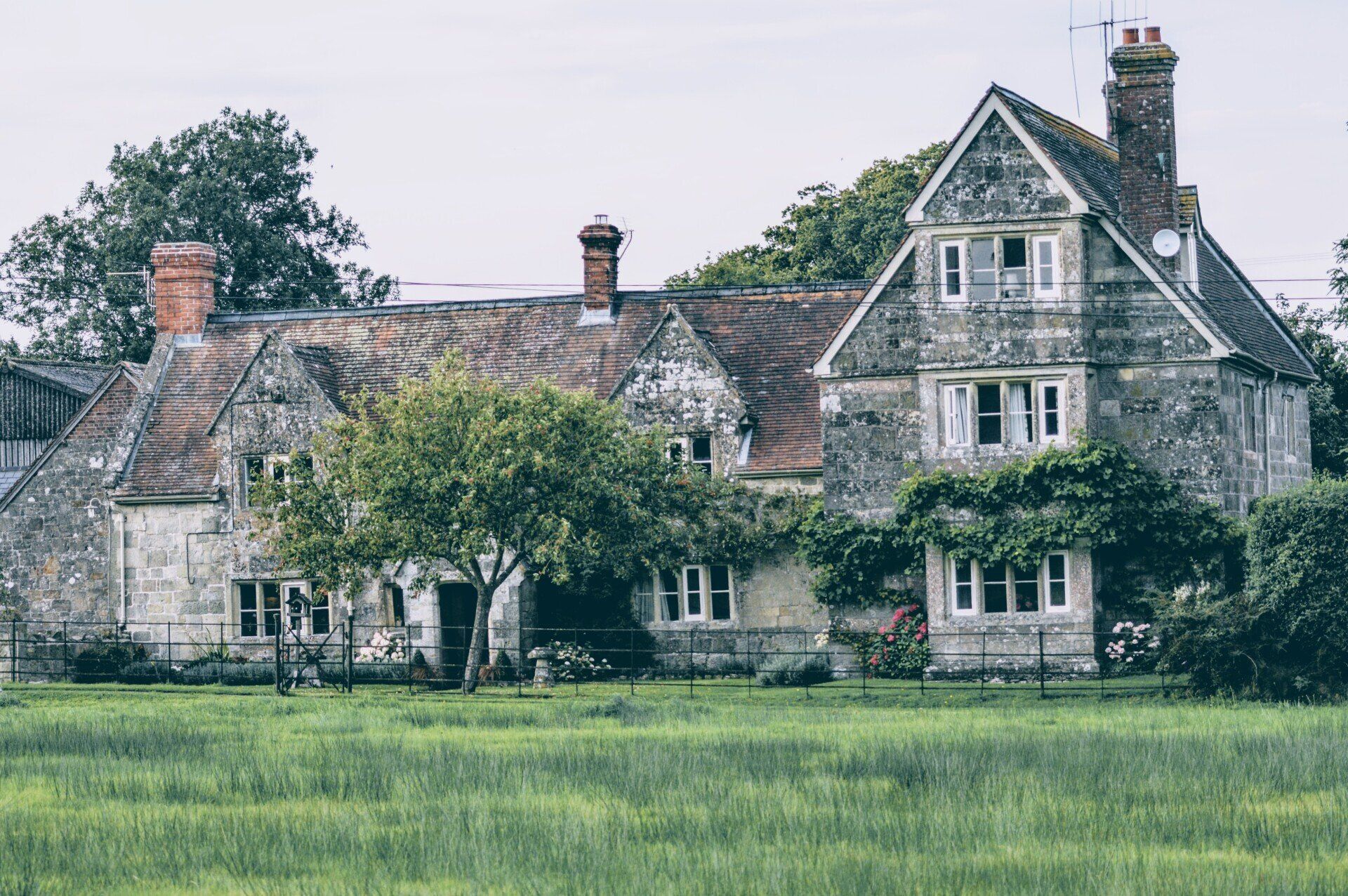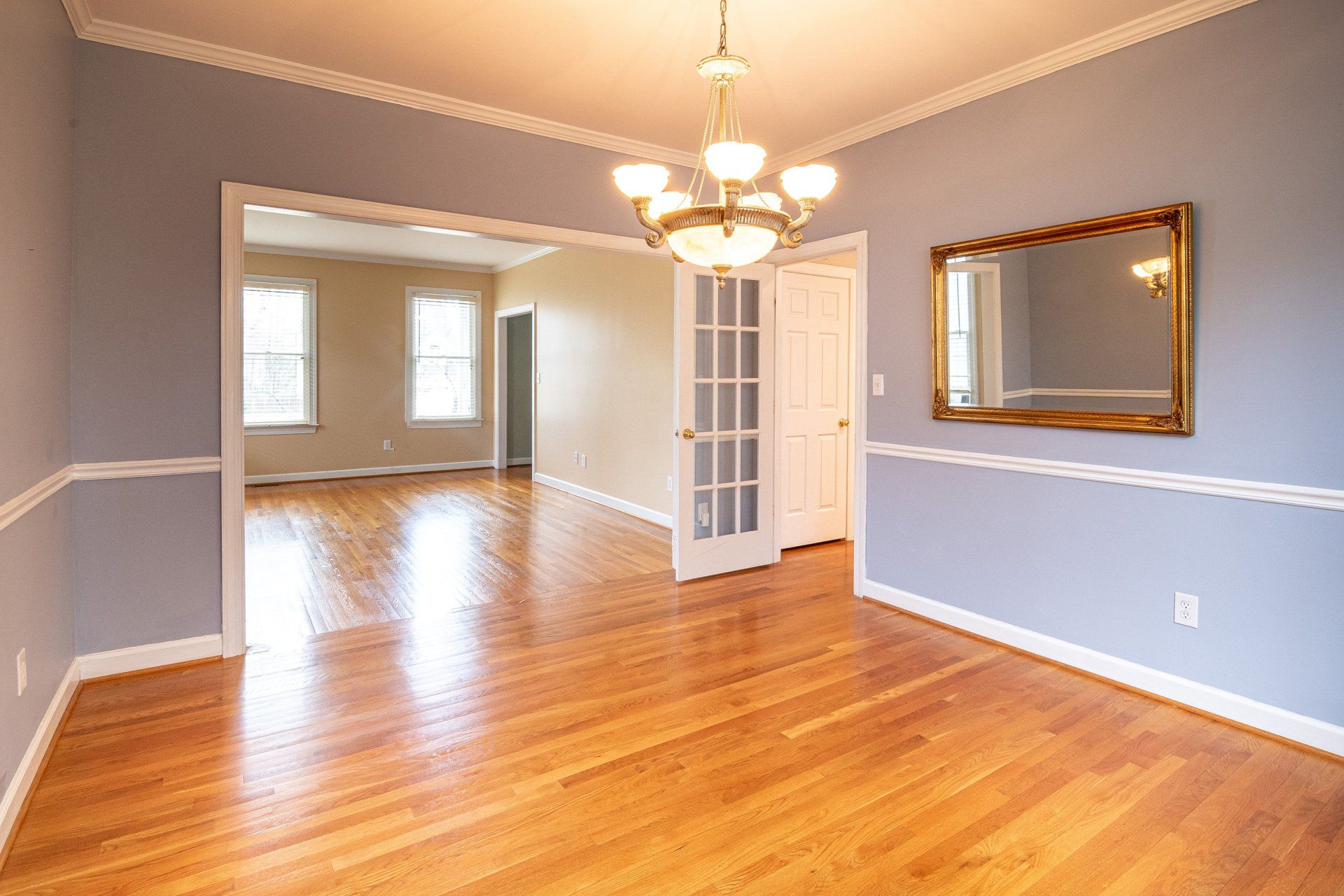Screen and Re-coat: Will it work for me?
Screen and Re-coat: Will it work for me?
Screen and coat: Some talk over this procedure as a "light sanding." There isn't any such component as light sanding. A flooring professional can sand the floor (sanding off the pinnacle layer of actual hardwood and attending to a sparkling new layer of timber) or buff it with a buffer machine that has been equipped with a display screen that is a light abrading of the pinnacle layer of polyurethane and does not touch the real timber at all.
Screens also are used beneath thick, soft pads that similarly soften the reduced movement of the screen. This is long-lasting due to the fact ground screening should only go away sufficient texture in the floor to permit a new coat of polyurethane to bond; screening needs to dispose of only a tiny fraction of the existing finish.
Many humans are hopeful that they are able to get away with a buff and coat in preference to sanding. How will you know which method is right for you? Things to take into account are the following:
Scratches: Surface scratches within the top layer of polyurethane may best be removed with the aid of a display screen and coat, while scratches that might be in the wood will no longer be eliminated. If the scratch(es), in all likelihood, appear to be clear, you can take care of them with a buff and coat. If the scratches are only light, white in color, or lighter than the encircling wood (darkish or black scratches are vintage ones – they are within the timber and have packed with dust/dust!), they will need sanding to be removed.
Bare wooden: If the hardwood ground looks greyish colored, the ground will need to be sanded. The polyurethane has been worn absolutely away, and the timber has become discolored.
Cleaning products: Hardwood flooring that has been cleaned with the scary Murphy's Oil Soap, Orange Glo, Mop and Glo, or other wax cleaners can not be re-coated. These cleaners have waxy, soapy residues which are impossible to get off the floor without sanding it, or even that makes for a prolonged and difficult ground sanding job!
The buff and coat process must absolutely be a part of a normal hardwood maintenance application. A buff and coat every three years or so can significantly make a big difference in the existence of your hardwood ground, as it will refresh the top layer of polyurethane. Polyurethane is a sacrificial layer on the pinnacle of the wood, and it features to guard the wood under it. That layer of polyurethane gets thinner and scratched every year—as it normally will—due to the fact its activity is to keep damage go away from the timber beneath. If you allow that protective coat to deteriorate for too long, it's going to subsequently divulge bare wood attacks from shoes, pet nails, liquid spills, and dirt/grit, inflicting harm that can only be repaired via sanding the floor completely.




